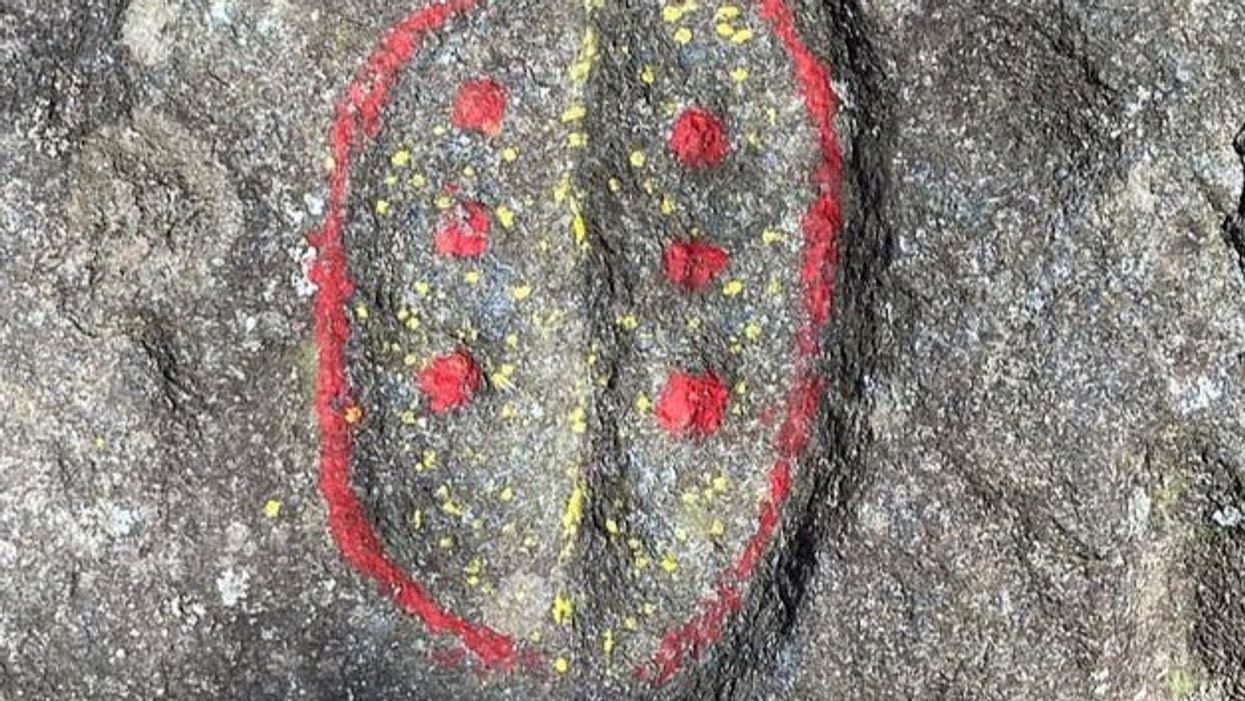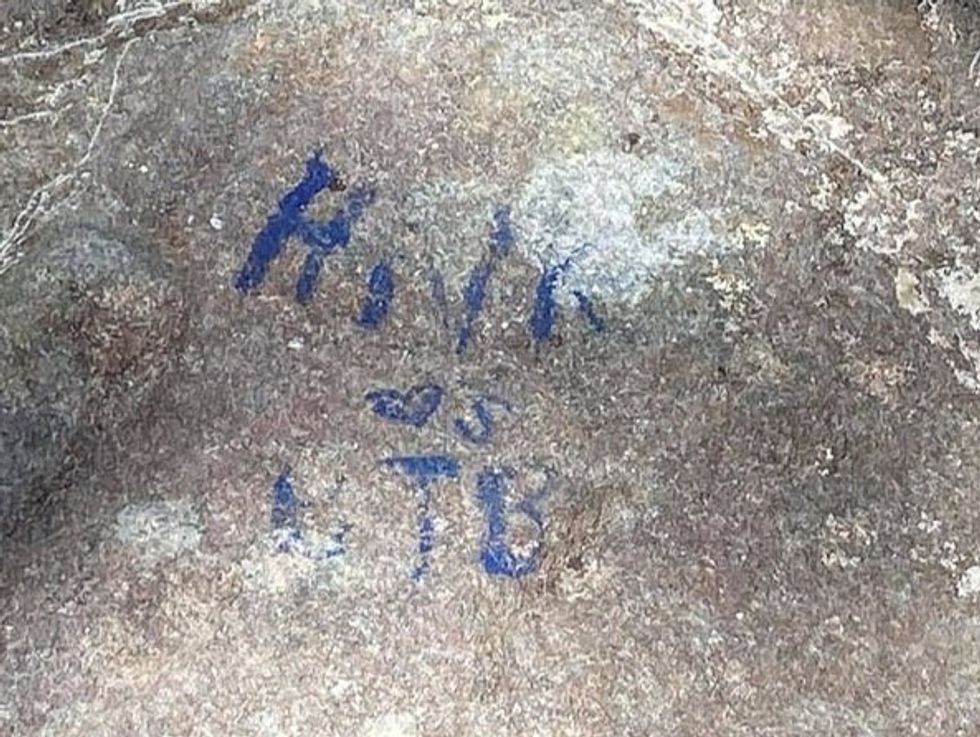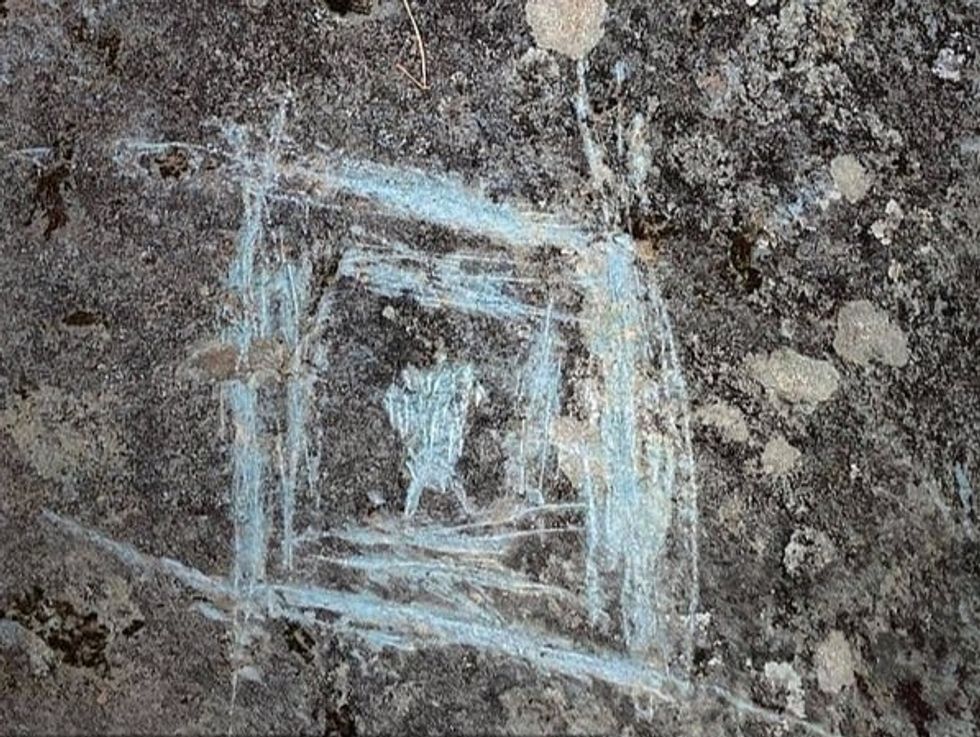
Rock carvings made by Native Americans over 1,000 years ago were vandalized in the Chattahoochee – Oconee National forest.
Numerous boulders in the Track Rock Gap were damaged, including five that had significant scratches and carvings and two that had paint all over them.
On Facebook, the US Forest Service shared the photos of the atrocity, writing, “We regret to report the vandalism of a protected historic site on the Chattahoochee-Oconee National Forests.”
The Tribal Heritage Preservation Office spoke for the Eastern Band of Cherokee Indians about the destruction and how important it was for people to connect with their history.
“Whether through ignorance or malice - the result is irreparable damage to a unique site that connects us directly to the people of the past.”
The photos show different levels of damage that occurred in 2020 across the rock carvings. One image displays what seems to be the initials of a couple.

(*Shakes head in disappointment.*)
Read more:
- Fitness influencer spots man’s sinister behaviour in gym mirror – and TikTok is horrified
- Piers Morgan tried to criticise The Wire and it didn’t go well
- Restaurant manager under fire for praising staff who called customers ‘two very annoying Asians’ on receipt
- Waitress quits on the spot after customer refuses to put on a mask in a restaurant
- Chinese takeaway goes viral for savage responses to customers
Eleven years ago, the US forest Service renovated the Track Rock Gap to make this site more inviting for people to visit. There were grates in place that covered the rock carvings to prevent vandalism of the sacred property. Additionally, the grates were replaced by a fence and small stone wall to provide a more meaningful experience to the carvings.
Located about 90 miles northeast of Atlanta, Georgia, the Track Rock Gap is unique as it is located on public land. The Track Rock Gap is also one of the most recognized rock art sites in the southeastern US.
Explorers reportedly discovered the rock carvings before the year 1800, and some of the earliest indications of carvings date back to at least 3,600 years ago.
The carvings also inspired many origin stories, including theories of Mayans settling in a nearby area.
Moreover, historic sites on public lands are protected by the Archaeological Resources Protection Act. However, the rock carvings that have been damaged are considered one of a kind and irreplaceable within the heritage of the nation.














